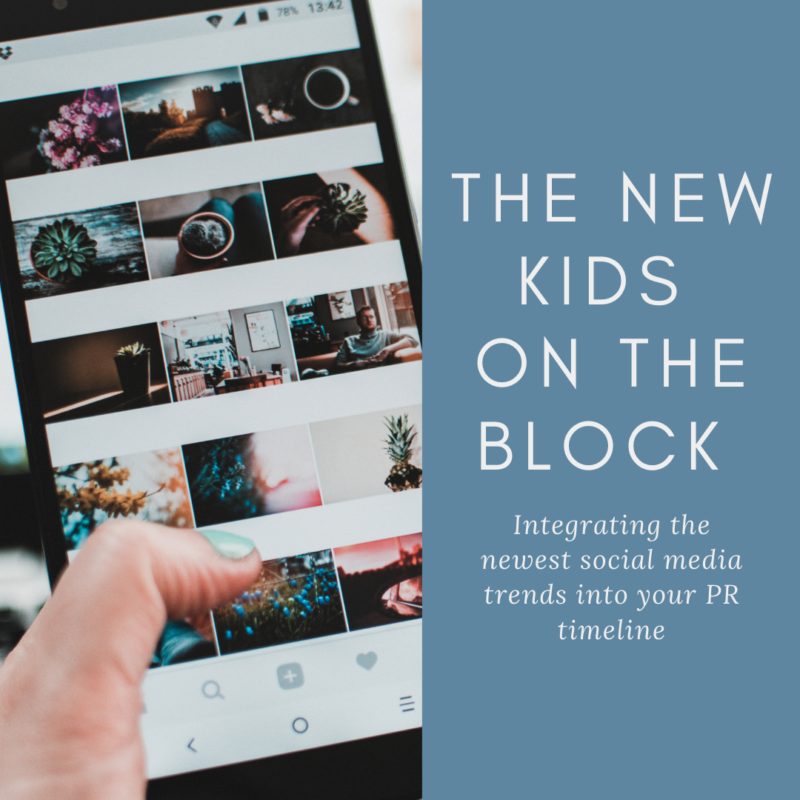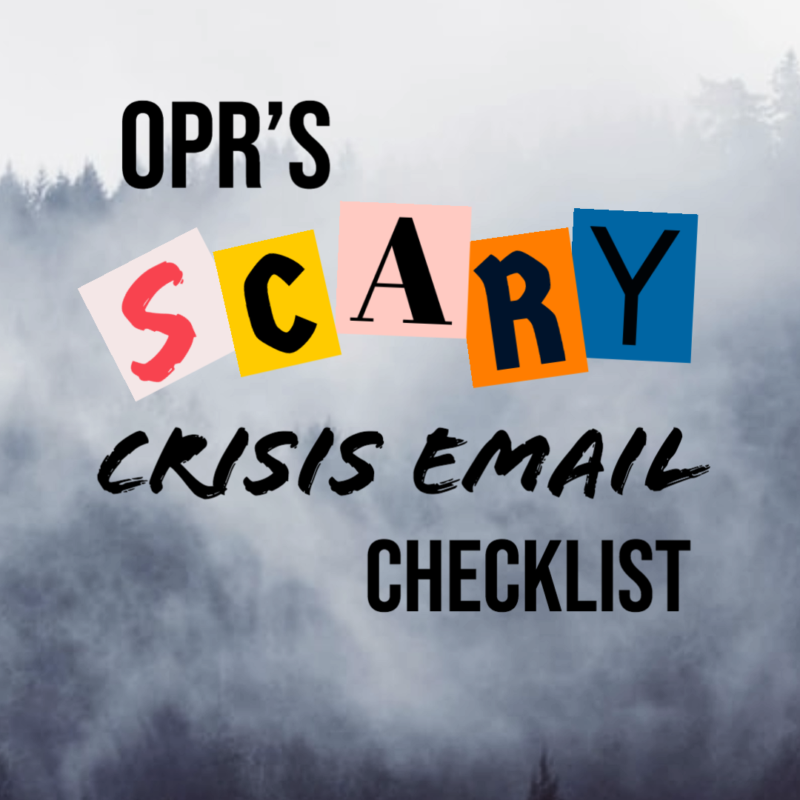Risky Business: Pros and Cons of Rebranding
A good business evolves over time – weathering new trends and technology, and adapting as it makes sense. Inevitably during a business’s life cycle, there might come a point when an important decision gets put on the table – rebranding. Why would a business need to rebrand? Sales might be dipping and you could be looking for alternative strategies. Sales might be doing great and you want to keep up the momentum. No matter the reason, there’s a right way and a wrong way to rebrand. What are the pros and cons of this big decision? We’re glad you asked.
Pros
Positive Public Image
One of the biggest advantages of rebranding your business is enhancing your public image. Much like when people dedicate time to “self-care,” a well-executed rebrand can be a facelift for your business. Updating outdated logos, marketing and messaging shows you are unafraid to evolve. This strategy will naturally position you to reach your desired audiences. Was there a scandal that dimmed the light of your success? A rebrand can be your chance to repair that damaged reputation.
Competitive Edge
When you update your brand, it tells your stakeholders, customers and competitors you are ready for growth and want to stand out among the crowd. A fresh brand identity shows you are keeping up with trends and adapting your business model accordingly. In 1997, a fledgling Apple was months away from bankruptcy when Steve Jobs was brought back into the fold to save it. Taking a big, calculated risk, Jobs cut the line of product offerings by 70%. He took quality over quantity to heart to focus only on the best products they were developing. And, as I type this from my Macbook Pro, I don’t need to tell you how that worked out.
Streamline Visual Assets
Your brand story is not just the “About Us” section of your website. Your brand story is your logo, typography, design, marketing collateral and color schemes. Color can be so powerful that 85% of consumers base their purchases on it. The email marketing platform, Mailchimp, uses a specific type of yellow to stand out amongst its competitors. Aligning your brand elements with purpose will make you easily identifiable ensuring your message stays cohesive across platforms.
Cons
Money matters
Rebranding can cost a company anywhere from a few hundred dollars for a new logo to hundreds of millions for a complete overhaul. Beyond updating your website, there’s the cost of all collateral, advertisements, product labels, etc. The financial risk-reward ratio can skew heavily depending on if you’re a small business or a corporation. Sometimes, that competitive edge you’re after can be your downfall. In the 1990s, LEGO was on top as a toy manufacturer and looking to go higher. Instead of doing what they do well even better, they complicated matters by adding products that didn’t make sense and didn’t listen to their most popular customers – kids. This rebrand put them on the edge of bankruptcy in 2003 with debt close to $800 million.
Confusing customers
When LEGO tried to be competitive, they added to a saturated market, confusing customers and losing their loyalty. It wasn’t until they changed strategy and went back to basics that they regained their place in the toy world. HBO, a pioneer of modern television, has been considered one of the big dogs of streaming since first launching its on-demand app in 2010. However, the recent fourth rebrand of its streaming app was met with frustration; 30% of subscribers did not switch to the new platform after it launched. Customers develop relationships with brands that can last through generations, and when not executed properly, a rebrand can do more harm than good.
No matter the age of your company, rebranding can be the ticket your business needs to reinvent itself. The risks are big, but the rewards can be great. It’s important to hone in on your objectives, develop a clear strategy and know your audience.


